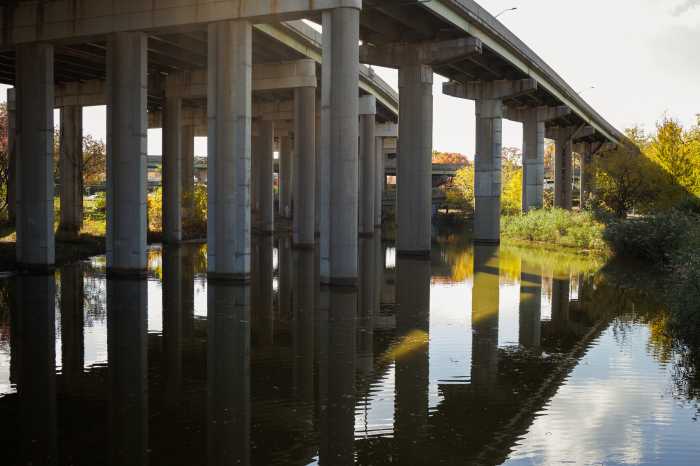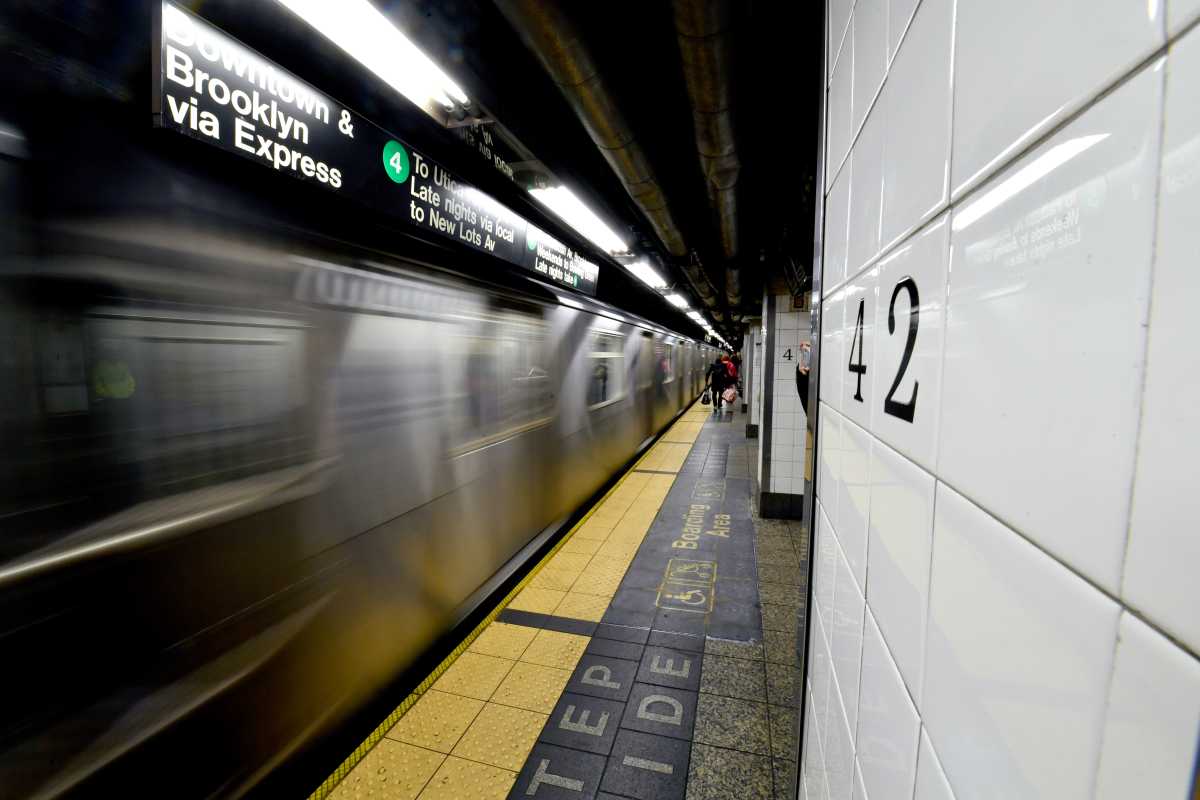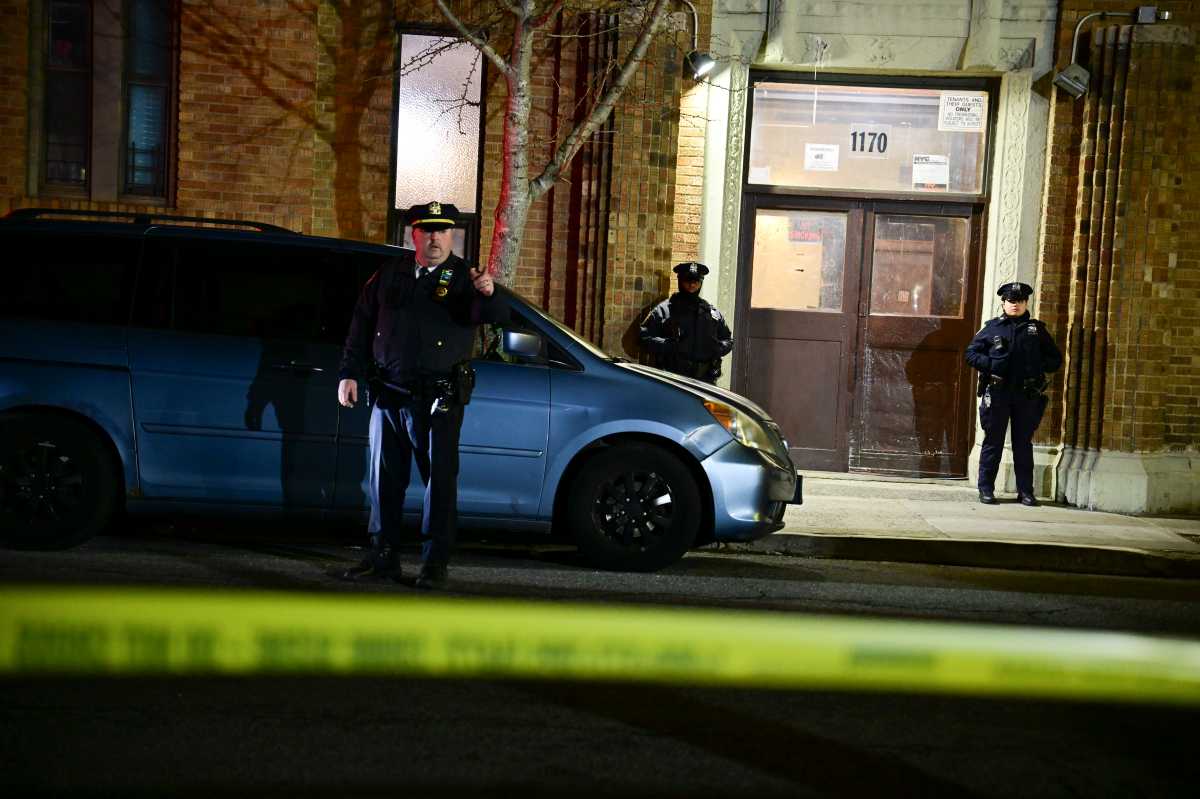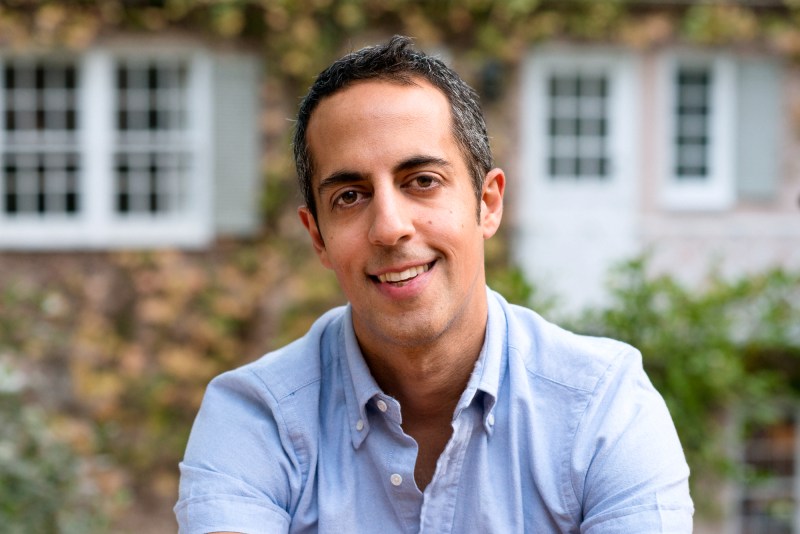The New York City Economic Development Corporation (EDC) invited local leaders and residents of Old Howard Beach for a walkthrough of the construction site on the corner of 99th Street and 165th Avenue near Frank M. Charles Memorial Park on Wednesday, July 19.
A part of the Raised Shorelines Project, the construction at Old Howard Beach aims to address long-term sea level rise and daily tidal flood inundation in the area, something that has only grown more frequent in recent years. Old Howard Beach is the first Raised Shorelines Project in all of New York City to start construction.
“We’re very excited for this groundbreaking of the Old Howard Beach Raised Shorelines Project,” EDC Senior Vice President Jennifer Cass said. “We are very excited to celebrate this important milestone.”
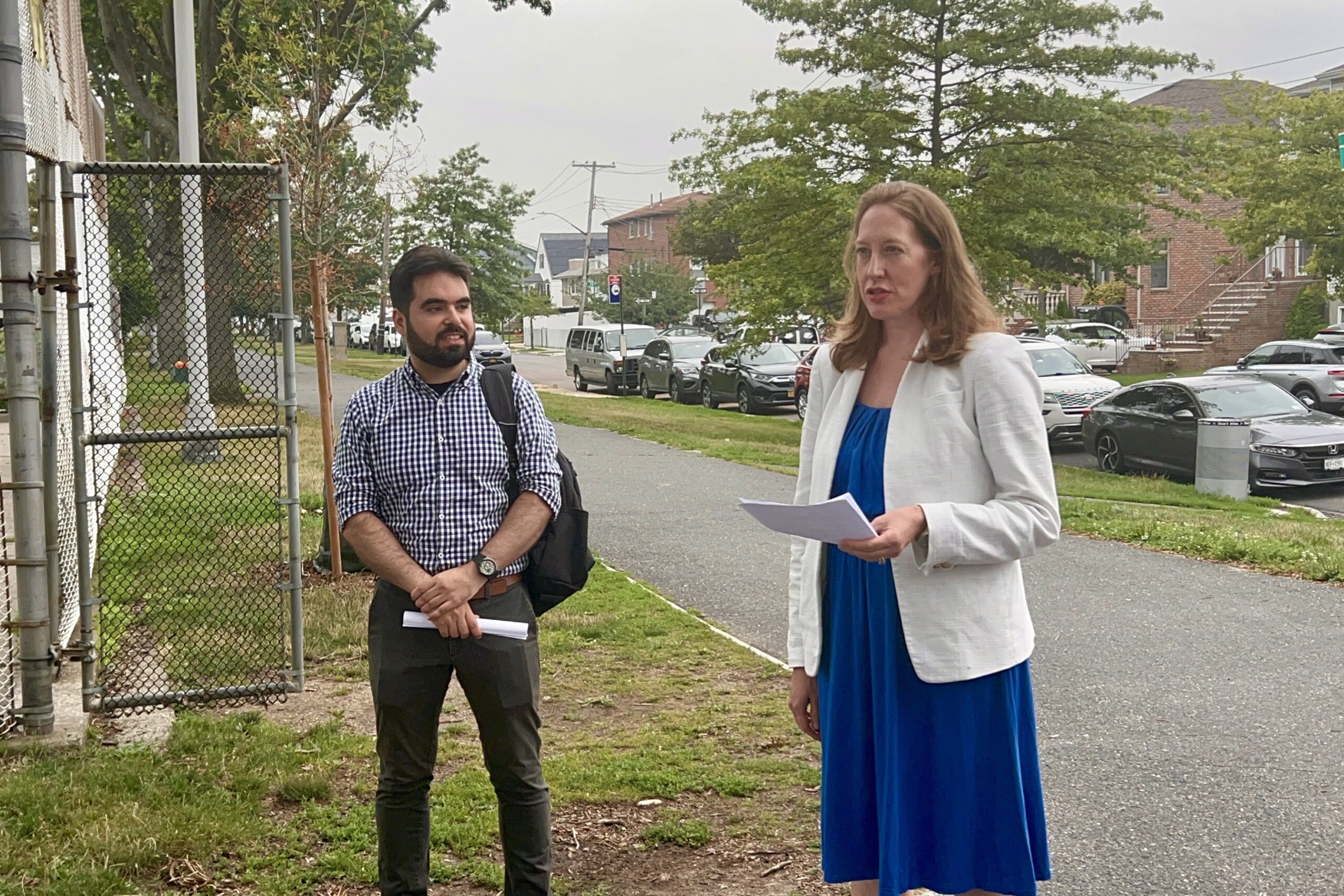
Prior to construction, the Raised Shorelines Project evaluated more than 500 miles of New York City shoreline for coastal flooding from sea level rise in the 2050s. In Old Howard Beach, which was determined to be “a critically at-risk area,” construction will reinforce the Shellbank Basin and Hawtree Basin shorelines, as the neighborhood currently has no protection against tidal flooding from these areas.
Old Howard Beach’s Raised Shorelines Project includes new crown walls and bulkheads at two street ends with one on the corner of 99th Street and 165th Avenue near Hawtree Basin and the other on 95th Street near Shellbank Basin.
South Queens Councilwoman Joann Ariola expressed her support of the project, explaining that the area’s frequent flooding at these street ends needed to be addressed to prevent any further damage to the area.
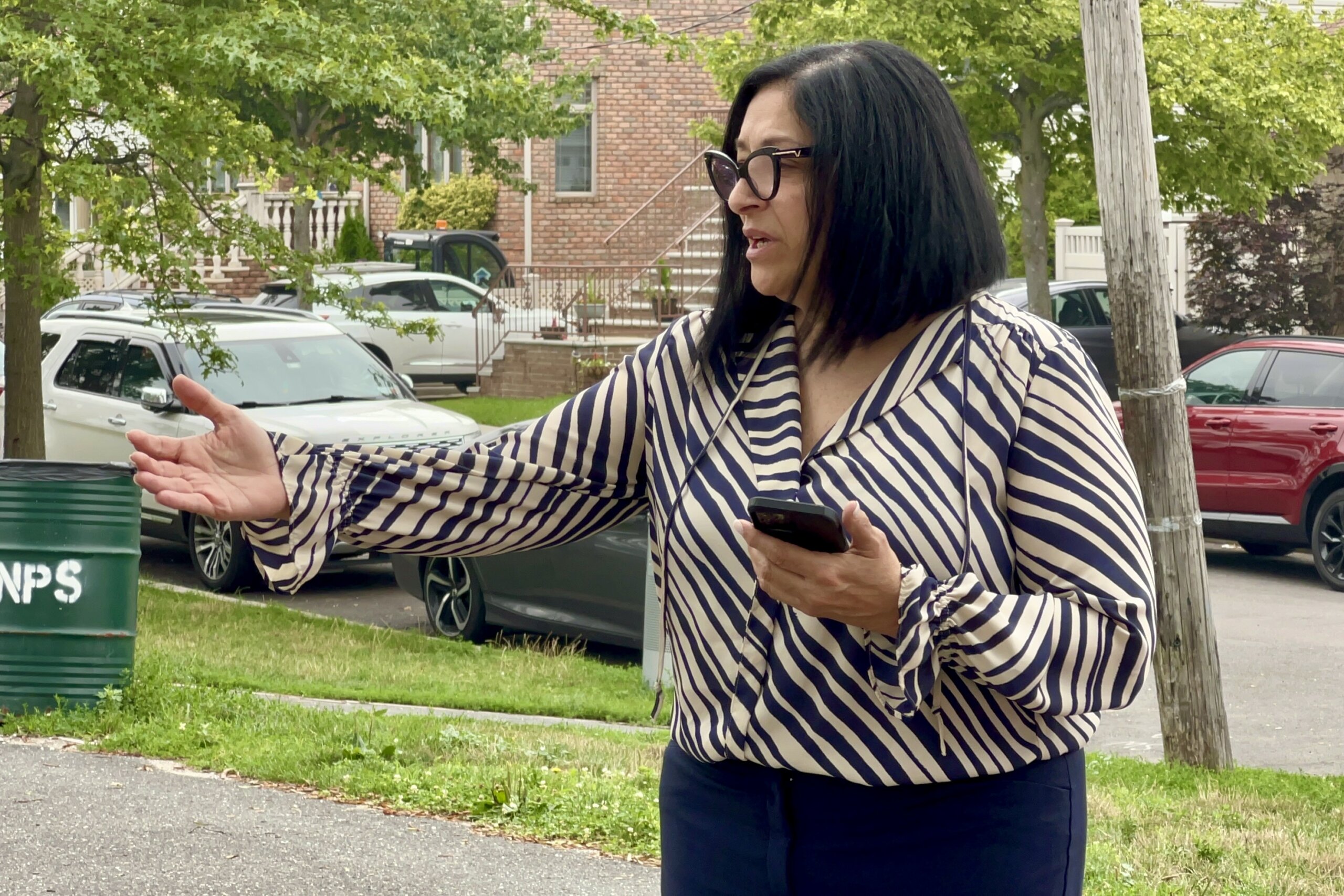
“Street ends are the most likely points of flooding that would go straight into a community because they’re the immediate contact of water, and they need to be improved,” Ariola said. “Otherwise, routine flooding in areas such as this will just continue. By fortifying the street ends with new crown walls and other measures, I applaud EDC and DOT for taking proactive steps, and I’m hoping that these steps will prevent future flooding before they even start.”
Victoria Cerullo, the strategic partnerships director for the Mayor’s Office of Climate & Environmental Justice, called the project “a long time coming” for Old Howard Beach, pointing to the flooding and structural damage the area suffered during Hurricane Sandy in 2012. Like Ariola, Cerullo hopes the project will protect the Old Howard Beach community from further flooding from the basins and into the area’s streets, driveways and homes.
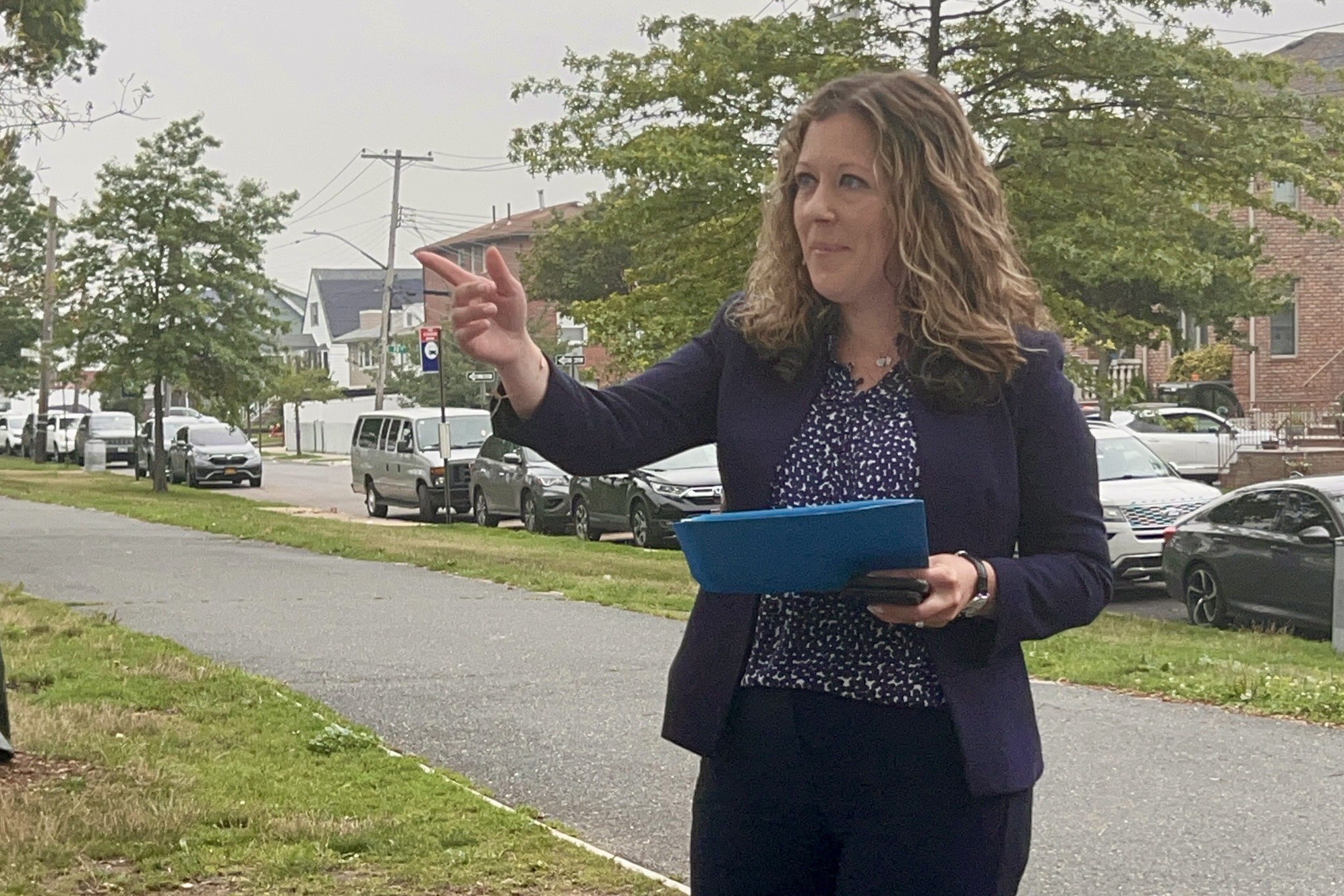
“This is the first time that this area has received protection against future tidal flooding,” Cerullo said. “This design to protect neighborhoods and infrastructure make our city safe during extreme weather in the near term while also supporting our long term work to address sea level rise.”
While Hurricane Sandy was almost 11 years ago, Old Howard Beach has still felt the impact of the storm and other storms in recent years. According to Community Board 10 Chairperson Betty Braton, a storm last December flooded the streets and many homes in the neighborhood, making the project especially timely.
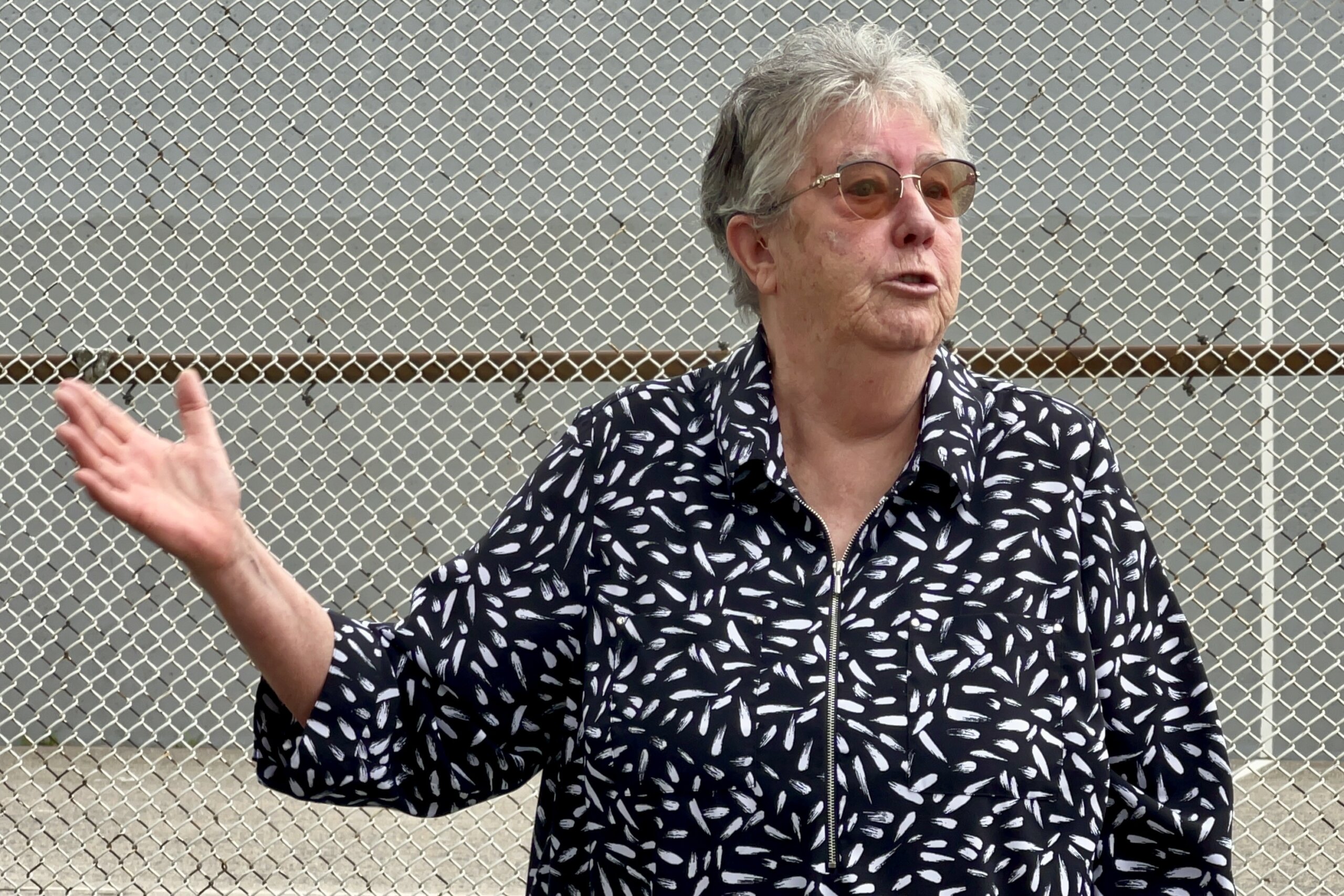
“In terms of the impact on people’s homes, it amounted to what we experienced with Hurricane Irene,” Braton said. “If we can take steps like this, it’s a step in the right direction. We’ve got a long way to go.”
Braton also shared that senior citizens make up more than a quarter of Community Board 10’s population with many lifetime or longtime residents unable to afford or perform the physical labor necessary to protect their homes from coastal flooding. This, according to Braton, makes the project even more crucial to those who live nearby.
“I commend the agencies and all the people who are involved for the work that you’re doing,” Braton said. “We hope that it continues and we see much less flooding in our community because it’s much needed. We have people who are being impacted.”
While the project’s construction has officially begun, workers currently await further instruction and certain approvals from the Department of Environmental Protection, which will maintain the areas of the project upon its completion.
The project, according to Hunter Roberts Construction Group Senior Project Manager Nicholas Gibson, must be “done dry.” Due to recent high tide, the excavation for the project’s tide gate chamber in the construction site on the corner of 99th Street and 165th Avenue is filled with water, and the site must be dewatered before anything else can be installed.
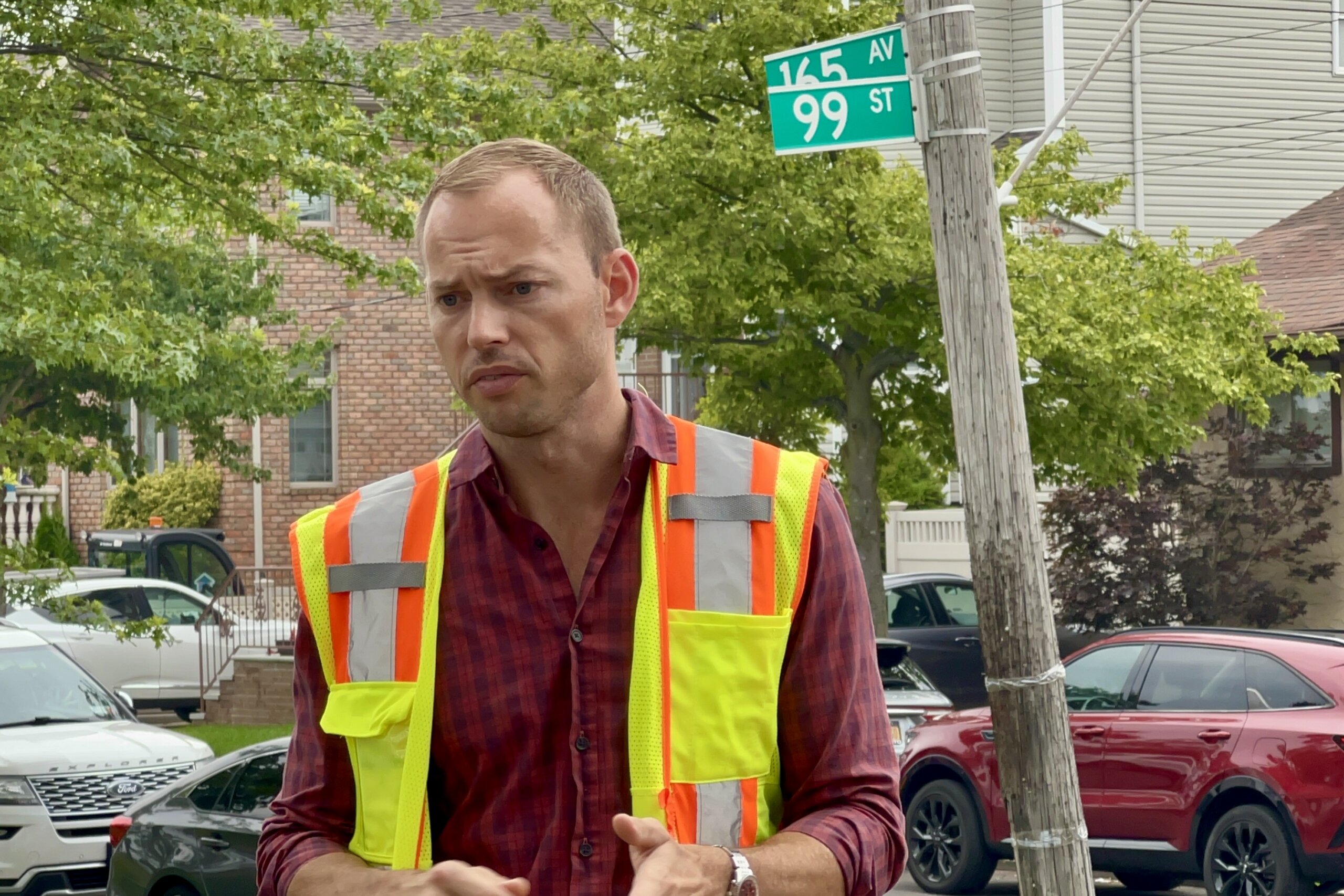
This site, according to Gibson, doesn’t have any drainage on the road’s dead end, prompting the construction to connect to an existing manhole in the street before running a 12-inch pipe that will come into the tide gate chamber.
From there, the pipe will then proceed to a 15-inch with an outflow at the end. On the other side of the tide gate chamber will be an approximate 8-foot crown wall, which will exist across the site to prevent bay water from flooding into the streets. The project’s infrastructure will be supported on timber piles and “locked in” with concrete.
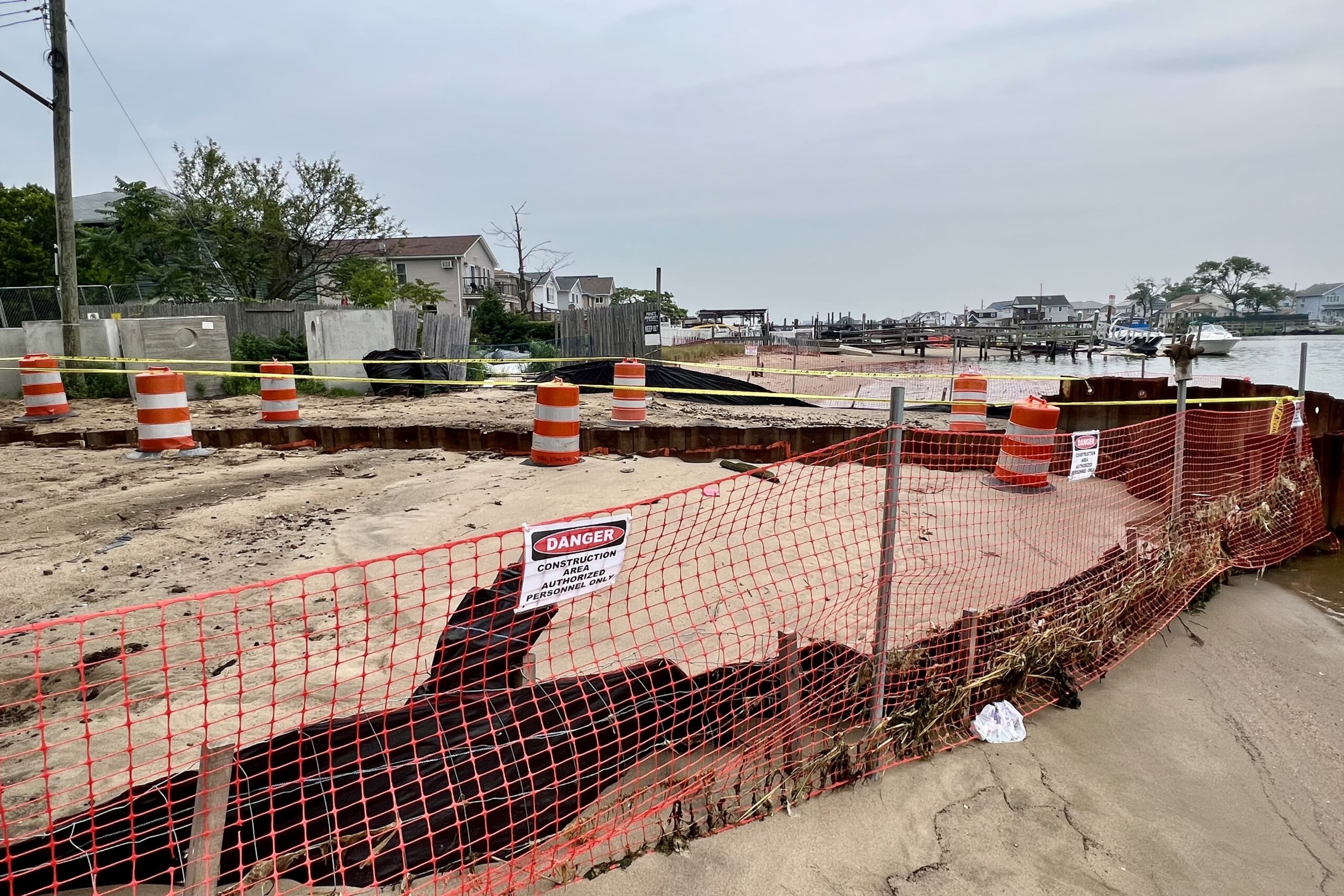
As for the project’s timeframe, Gibson estimates at least two months going forward with some additional time for testing, restoration and recovery before the project is officially considered complete.
“This site should be up and running here hopefully very shortly,” Gibson said. “I believe, once we get this up and running, this is going to solve a lot of problems in this area.”





